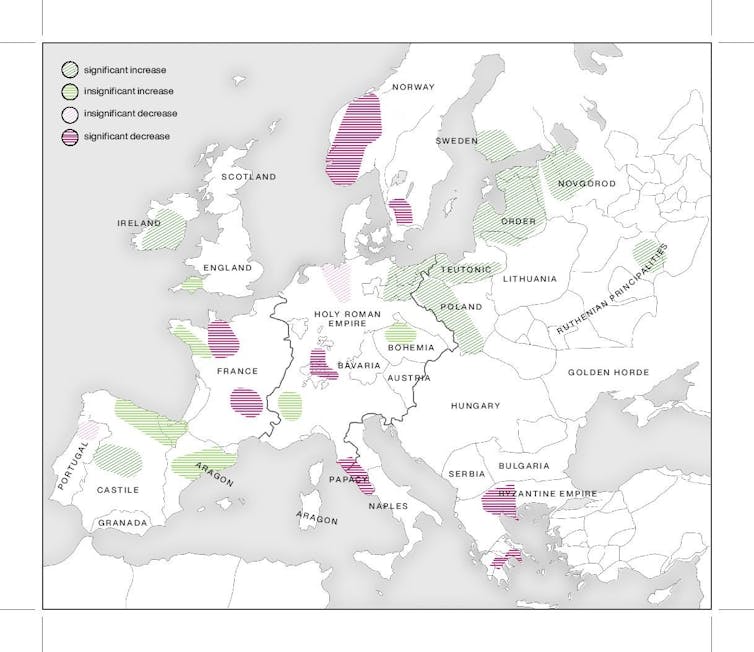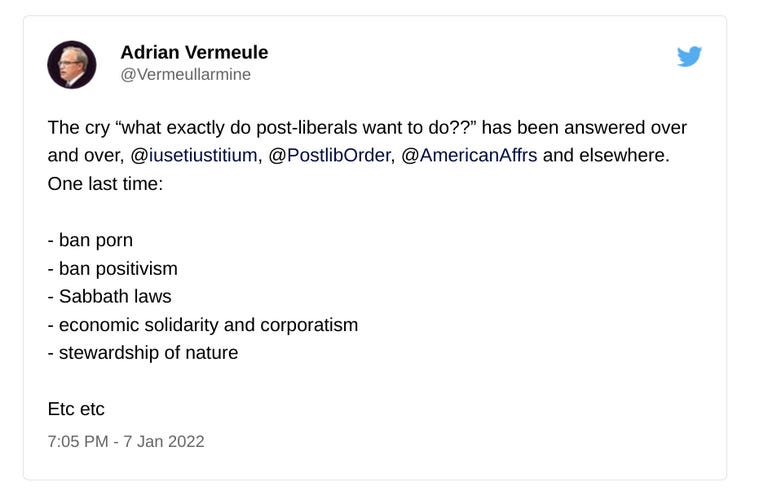WAIT, WHAT?!
US defense to its workforce: Nuclear war can be wonNO IT CAN'T
By Alan Kaptanoglu, Stewart Prager | February 2, 2022https://thebulletin.org/ BULLETIN OF ATOMIC SCIENTISTS
An unarmed Minuteman III intercontinental ballistic missile launches during an operational test at 1:13 a.m. Pacific Time Oct. 2, 2019, at Vandenberg Air Force Base, Calif. 191002-F-CG053-1002
(U.S. Air Force Photo by Staff Sgt. J.T. Armstrong)
Ronald Reagan and Mikhail Gorbachev once said that “a nuclear war cannot be won and must never be fought,” and five major nuclear weapon states, including the United States, repeated this statement earlier this year. Yet many in the US defense establishment—the military, government, think tanks, and industry—promote the perception that a nuclear war can be won and fought. Moreover, they do so in a voice that is influential, respected, well-funded, and treated with deference. The US defense leadership’s methodical messaging to its workforce helps shape the views of this massive, multi-sector constituency that includes advocates, future leaders, and decision makers. It advances a view of nuclear weapon policies that intensifies and accelerates the new nuclear arms race forming between the United States, China, and Russia.
Perhaps these beliefs are unsurprising, coming as they are from the defense leaders of a global superpower. But given humankind’s stake in the information that US service members receive regarding their roles in the nuclear weapons complex, US defense leadership messaging warrants a spotlight. This is especially necessary, given the current crisis in Ukraine.
The 23-chapter Guide to Nuclear Deterrence in the Age of Great Power Competition provides an excellent and representative case study for examining this critical messaging. This guide is published by the Louisiana Tech Research Institute, which provides support for the US Air Force Global Strike Command. It is written by nuclear arms experts for the approximately 30,000 members of the US Air Force Global Strike Command and the “700,000 total force airmen who engage in the profession of arms.” All of the authors have direct or indirect connections with the nuclear weapons complex or associated think tanks, and several of the authors have held senior positions with the Air Force Global Strike Command, US Strategic Command, and other national security agencies in the US government. The guide’s messaging is comprehensive but dangerously skewed.
The guide centers around a new reality—the aggressive development of nuclear arms by Russia and China that is intensifying a new Cold War. Nuclear arms treaties—an important tool for limiting arms races—are brushed aside as functionally pointless since, according to the guide, Russia will cheat and China won’t come to the bargaining table. In one passage, the guide claims “it is unlikely that these countries would be foolish enough to engage in a strategic arms race with the United States, and, if they do, they will lose.” Yet much of the remainder of the document analyzes all the ways in which China and Russia are advancing their capabilities beyond US capabilities. These threatening developments are then used to justify the rapid and expensive modernization of the US nuclear weapon complex, while many historic nuclear arms agreements wither away, including the Anti-Ballistic Missile Treaty, Intermediate-range Nuclear Forces Treaty, and the Iran nuclear deal.
What follows are some of the misrepresentations, an omission, and a questionable policy in the guide:
Misrepresentation: A nuclear war can be fought and won. That the US military considers scenarios under which nuclear deterrence fails is unsurprising. But in the event of limited nuclear war, the United States has plans in place to “beat” its adversaries. According to the guide, “US strategic nuclear forces might be expected to perform the following functions… endurance throughout the various phases of a protracted (and presumably limited) nuclear war… or establish escalation dominance and nuclear-strategic superiority over any prospective opponent.” The guide does not acknowledge that, throughout the Cold War, the US defense establishment itself regarded counterforce (that is, attacks on Russia’s nuclear forces) and limited escalation as implausible. Only after the Cold War did the defense establishment scrap their massive, all-out attack plan in favor of counterforce—aiming nuclear weapons primarily at military targets to minimize the number of nuclear weapons that the adversary could launch. That said, many military targets are in densely populated cities. Counterforce is ostensibly for minimizing US casualties, but it may also promote paranoia about a disarming US first strike. Given these defense establishment beliefs, it is encouraging that the current US administration appears unwilling to fight a war in Ukraine that could possibly escalate into nuclear conflict.
RELATED:
In Ukraine, Putin tries his hand at nuclear blackmail. Here are seven ways to thwart him.
Omission: The reality of nuclear war. In this more-than-400 page guide, only three pages are devoted to a rather anodyne description of the devastating harms of nuclear weapons. It notes that thermal radiation “can cause skin burns and fires to targets at great distances,” and “the human body is also sensitive to the duration of the [blast] wave.” It adds that “the substances that remain following a nuclear explosion can be radioactive and harmful.”
The guide does not mention the well-documented human toll of the bombings of Hiroshima and Nagasaki. The guide does not discuss the full horrors of the “day after” a nuclear exchange. Nor does it address the potentially civilization-ending effects of climate change and nuclear winter from the resulting firestorms. The description leaves service members with little understanding of the effects of the weapons in their command and with little appreciation of the many uncertainties surrounding the breakout of nuclear war. This omission is particularly strange given the emphasis on the ability to fight and win a nuclear war should deterrence fail.
Misrepresentation: Nuclear weapons keep the peace. The guide credits nuclear weapons and US nuclear superiority with the era of “long peace”—the absence of major wars between superpowers since 1945. As such, it posits that, the more US nuclear weapons, the better. Other potential contributors to the long peace—the rise of democracies, global commerce, international organizations, international law, and the hardening of national boundaries—are briefly mentioned in the guide, but only in the service of downplaying their effects. Despite these other contributors, the guide asserts that “…nuclear disarmament is implausible, if not impossible, in any anticipated time frame… whatever may be the weaknesses of nuclear deterrence.” The guide portrays the ever-present risk of nuclear annihilation as a worthy trade for the possibility of fewer interstate conflicts.
Incredibly, the guide suggests that the Cuban Missile Crisis exemplifies the effectiveness of nuclear deterrence. It argues that the Minuteman missile “convinced Khrushchev to stand down and remove the nuclear-armed missiles from Cuba,” and “strategic nuclear forces of each of the superpowers do inhibit the other from any kind of warlike action against it… [t]his was proved abundantly during the Cuban Missile Crisis.” Missing from this discussion is the now-common knowledge that Khrushchev stood down because of a secret agreement with Kennedy to remove similar missiles from Turkey. In other words, diplomacy prevailed.
The guide does not note that the world came very close to a potentially catastrophic nuclear exchange during the Cuban Missile Crisis. It singularly portrays US nuclear weapons as a benefit for humankind.
Misrepresentation: Nuclear weapon mistakes and accidents never happen. Indeed, the guide does not mention the many well-documented false-alarms and close calls of nuclear detonation from technical or human error that could have led to catastrophe. It does not acknowledge the dangers posed by the imperfect humans who control the nuclear weapons and infrastructure. It does not mention that intercontinental ballistic missile (ICBM) crew members were caught cheating on exams or that the Joint Chiefs’ of Staff unanimously recommended an invasion of Cuba during the missile crisis. Nor is there mention of the harms caused by nuclear testing to many communities.
The guide portrays the United States as if it is in perfect control of its nuclear weapons operations.
Questionable policy: A nuclear triad is necessary. The guide argues strenuously that the United States would be less secure without all three legs of its nuclear triad consisting of warhead-equipped submarines, aircraft, and land-based missiles. Without the ICBMs, the guide claims, an adversary could defeat the United States with a conventional or minor nuclear strike on a small number of targets.
Such a “minor” conventional attack would somehow involve tracking and eliminating all of the US nuclear-armed submarines and confidently dropping enough conventional explosives (or nuclear weapons) to decimate critical nuclear command and control structures, both US submarine bases, and all US air bases where warheads are held (including overseas airbases that hold gravity bombs). Additionally, the adversary would have to be extraordinarily confident in the destruction of all US submarines, since even one submarine, with about 100 warheads, possesses a retaliatory force capable of annihilating a nation. Lastly, this scenario assumes that NATO allies would not bother to use any of their several hundred nuclear warheads after an adversary destroys a significant portion of the US homeland.
RELATED:
China’s silence on nuclear arms buildup fuels speculation on motives
The guide dismisses critiques of the ICBM force, including the accompanying launch-on-warning and use-them-or-lose-them postures that increase the danger of accidental nuclear war. Modern early warning systems, the guide argues, are redundant, more advanced, and more reliable than during the Cold War. This is true, but the guide also notes that early warning systems and satellites are likely to be targeted before a conventional or nuclear strike is launched. In fact, the guide makes clear that many US (and Russian) early warning and satellite systems are old, vulnerable to cyber and anti-satellite attacks, and unable to track more advanced delivery systems such as hypersonic glide vehicles. A strike on early warning systems would reduce sensor capabilities and could itself be interpreted by US service members as evidence of an incoming nuclear strike. Yet, some of the same authors argue that the nation’s space and land-based early warning systems have a perfect track record and therefore the risk of accidental war is minimal. But the argument that there is no risk of accidental nuclear war because the US has not had one yet is a logical error.
The authors seek perpetual US nuclear superiority. They dismiss the option of minimal deterrence—keeping only a minimal complement of nuclear weapons primarily to provide a second-strike capability—as not viable. According to the guide, the United States must not only possess a second-strike capability but the potential to fight and win a limited nuclear war against any adversary. The United States needs “an adaptive capacity for war termination on favorable terms.” They argue that minimal deterrence “would not provide for selective counterforce attacks against enemy forces that might limit further damage to US forces or to the American homeland.” They claim that “the postattack bargaining position of a minimum deterrent force would be unsupported by sufficient numbers of surviving weapons, control systems, and nuclear infrastructure.” To be clear, the authors are considering a scenario in which at least several hundred nuclear weapons have been used on both the US and adversary’s homeland. Hundreds of millions of people are likely dead, modern civilization might have collapsed, and nuclear winter might soon starve another few billion people. What exactly is worth bargaining for in this scenario?
Finally, the guide notes that “[t]he United States has never been content with a mere second-strike capability.” In this context, “[t]he United States” appears to refer primarily to US military and government institutions; the majority of the US public favors a minimal deterrence policy, and an overwhelming majority support the phasing out of ICBMs, according to a recent poll.
The guide’s opening chapter trumpets the need to “develop and foster Air Force critical thinking on deterrence and assurance.” Yet, the US defense leadership messaging provides a one-sided perspective to nuclear-arms service members. These members are dedicated to public service and deserve balanced information that facilitates thoughtful stewardship of public trust. They should think critically about the mistakes of the Cold War and understand the subtleties of nuclear deterrence and arms control. Instead, defense messaging justifies a vigorous and expanding nuclear arms force, exceptionalizes the United States, and blames downsides on Russia and China. If service members received more thoughtful messaging about nuclear deterrence and preparedness, their efforts to think critically might help them understand—in the profound ways that Reagan and Gorbachev once understood—that “a nuclear war cannot be won and must never be fought.”
Acknowledgements
The authors are grateful to Steve Fetter for drawing their attention to the document discussed in this article and to Zia Mian for suggestions. Alan Kaptanoglu acknowledges support from the Next-Generation Fellowship sponsored by the Physicists Coalition for Nuclear Threat Reduction.

















 Chad Pecknold @ccpecknoldThese pediatricians in Alexandria, VA have seen all our children for over a decade…until we politely declined covid testing for our kids, and were informed that that “KidzDocs” would no longer receive us as patients. They love the power.
Chad Pecknold @ccpecknoldThese pediatricians in Alexandria, VA have seen all our children for over a decade…until we politely declined covid testing for our kids, and were informed that that “KidzDocs” would no longer receive us as patients. They love the power.  Ron DeSantis @GovRonDeSantis
Ron DeSantis @GovRonDeSantis



